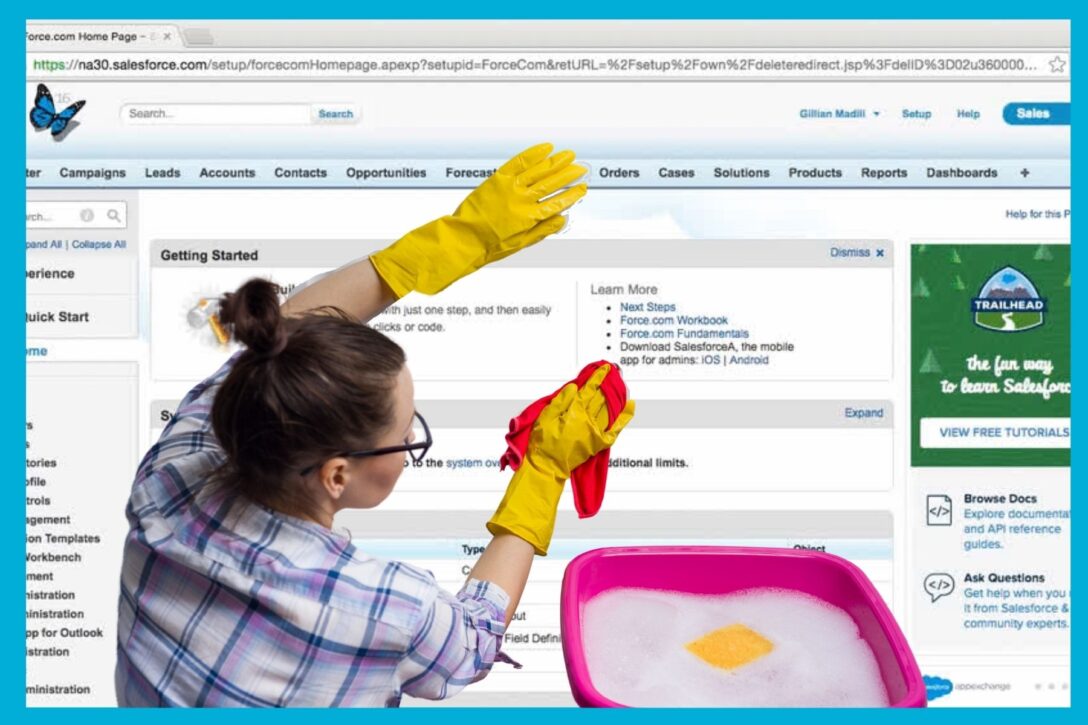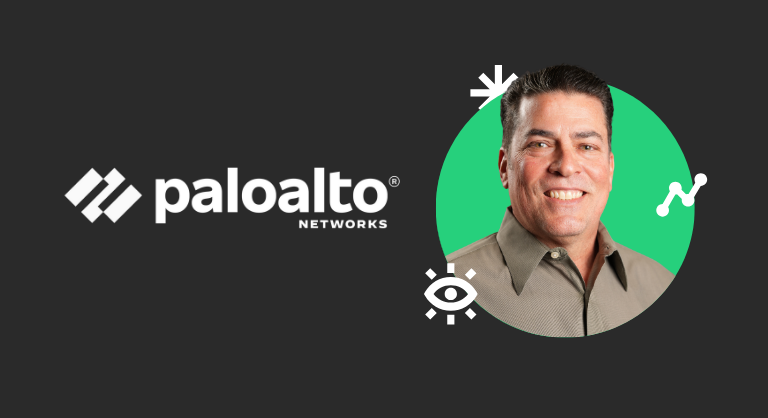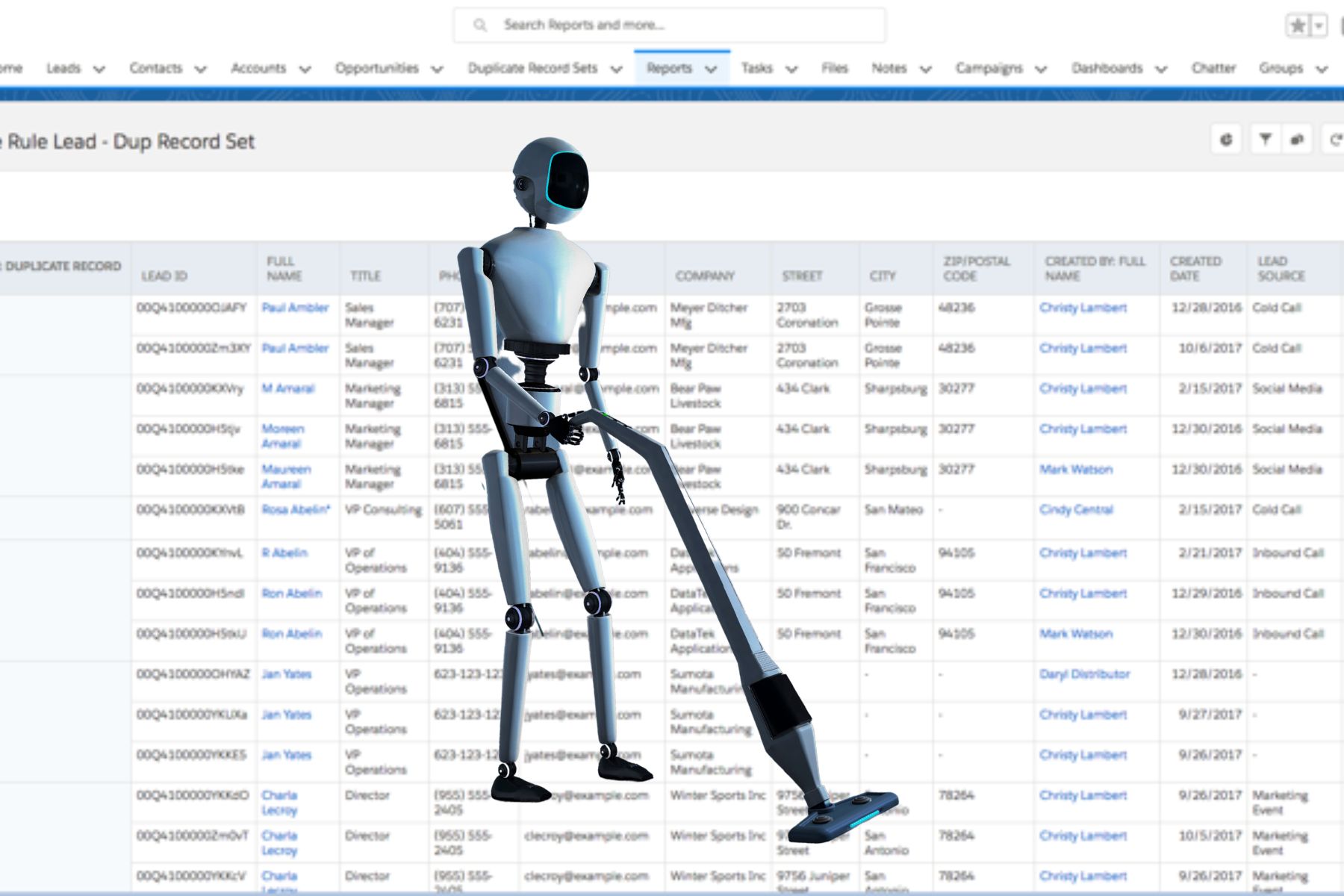When the economy turns downward, it can be a challenge to determine the top priorities of a RevOps team.
During 2023, business slowed and growing pipeline has been a challenge. Sales reps report it’s harder to get meetings — and that’s just new business.
On the customer experience side, companies are dealing with retention issues and increased churn while the volume of upsells has decreased.
So what’s a RevOps team supposed to do?
They’ve been sprinting for years, trying to scale revenue at an unbelievable pace, and now they’re being told to pull back and play defense.
LeanData recently chatted with Ernest Wong, VP of Product at Delegate, a Salesforce systems integrator, to identify the top priorities of a Revops team in a down economy.

Assessing Impact on People, Processes & Technology
The three pillars of every RevOps strategy are widely known as people, process and technology. In a down economy, each of these pillars takes a unique hit.
Tech layoffs for January through August 2023 totaled 224,503, already surpassing total tech layoffs in 2022. The specific roles eliminated tend to occur in departments that deal with top-of-funnel activities: marketing, partnerships, and early lead generation. When companies don’t expect to be generating more revenue, there’s simply not enough demand to warrant or sustain a large team.
A reduction in people has a direct impact on processes. An organization’s go-to-market strategy will be more conservative. Creativity still counts but budgets rule when determining where spend takes place. Companies are focused less on winning new clients and more about defending the revenue they’ve acquired in the past.
Given these structural shifts, companies evaluate tech spend and consolidate their tech stack. In a down economy, it’s time to clean house and determine if you’re getting the right ROI on your platforms and tools. But it’s not all about cutting tech.
Wong says, “For Salesforce users, it’s not always about finding a cheaper solution. In many cases, you can use native Salesforce functionality or an enabler like LeanData to achieve the same outcome as a third party tool.” This is another way to maximize the return on your tech investment while retaining the processes that are important to your business.

Investing in Customer Success
When company leadership declares, “We’re going to focus on customer retention,” what does that mean for a Salesforce admin or RevOps practitioner?
Identifying the signals for customer retention or churn begins with data. In order to get trustworthy, actionable data on your customers, RevOps must implement a data collection process. This ideally involves automation and may also include customer interviews and third party data.
“We’re seeing a lot of activity in the market around companies enhancing their Gainsight platform or other CS tech integrations to capture the right data,” says Wong.
Signals that indicate retention or churn risk will be unique to each business model. For PLG models, usage is often a reliable indicator. For SLG models, licenses and customer relationships are indicators.
Other signs of churn may include:
- Low Net Promoter Score
- Loss of champion
- No support requests
- No business reviews
- Login activities
Ultimately, your data should reveal whether your products and services are delivering value to your customers in a way that will make them stay through this difficult time. After all, they are taking cost optimization measures themselves.
Armed with actionable insights, customer experience departments, account managers, and even customer marketing can then take proactive steps to re-engage and preserve customers at risk for churn.

RevOps Can Handle Both Down and Up Economies
During periods of intense growth, businesses may perform well, however, infrastructure often suffers. Understandably, there’s an attitude of “I’ve got better things to do than clean my room right now.” This is how companies get bloated tech stacks full of point solutions, dirty CRMs, and brittle code serving as bandaids to much larger issues. No one cares, because things look up.
Now we care.
In the past, it may have been easy to just find a tool or person to manage a manual process. Now, you can’t afford that extra person or tool. You have to find ways to streamline and automate your processes within your existing technology. A down economy is a golden opportunity to clean everything up, get your data in order, and automate as much as you can.
This is how a high-performing, mature RevOps team survives in a tough market. Then, when the economy recovers (as it inevitably will), their infrastructure is prepared and won’t be the bottleneck for revenue generation.











